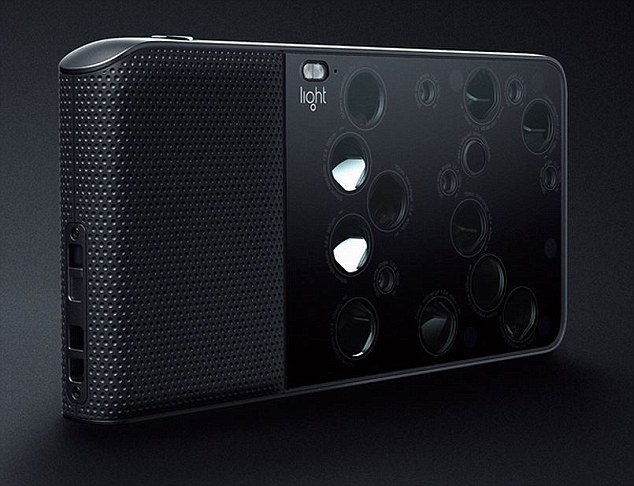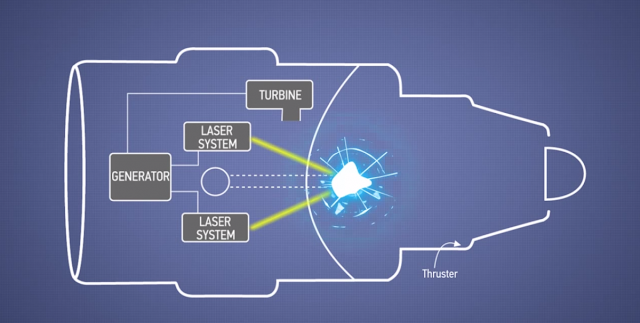NASA Astronauts aboard ISS Assessing 4 K Cameras
The astronauts of NASA, aboard the International Space Station- ISS, have been presently assessing a 4K camera for filming science experiments which means that the recording would be at higher frame rate, higher resolution than the usual HD camera and would be offering more information to researcher studying the recordings. Moreover, it would also add more fun together with interesting videos.
Most recent is the video starring astronaut Scott Kelly and the ball of changing colours is unique because of the first space videos which NASA shot in 4K ultra-high definitions HD. Kelly who is part of NASA’s crew, had spent a year in space instead of the standard six months, in order to scale the effects on the body of long term Mars mission, toying with water.
Subsequent to the 8K UHD, 4K UHD is said to provide the highest resolution viewing experience one can get and is four times the definition which the standard 1080p HD television could offer. NASA has explained in a description of the video that astronaut Scott Kelly had taken on board the ISS, that the higher resolution images and higher frame rate videos seems to disclose more information when utilised on science investigations providing the researchers with valuable new tool aboard the space station.
Video Beautiful Highlighting Various Colours/Texture/Movements
His video is just not beautiful but tends to highlight various colours, textures as well as movements which show the high resolution camera’s tremendous potentials. Kelly has a globule of water in which is added things and is filming the effects.
Water floats in the air as quivering blobs, in microgravity, which tends to make for some experiments which the astronauts finds it fun, like the popping water balloons, or injecting air bubbles and watching how the water tends to move.
In July, Terry Virts, NASA astronaut had inserted an effervescent tablet in a ball of water to observe it dissolve and release gases in the water and in the air. In Kelly’s experiment, he tends to switch it a little wherein he creates the water globule first and then adds what seems like blue and yellow edible dye to colour the water into an algae green.
Camera – Huge Sensors/Potential of High Resolution Imaging
Thereafter he adds effervescent tablets that cause the green globule to bubble and distort as tablet tends to quickly break down producing carbon dioxide. One can observe individual pockets of water explode off the surface after the effervescent tablet has dissolved which is because as the tablet liquefies it generates bubbles of carbon dioxide gas in the water which would generally rise to the surface of a glass on Earth.
However in space it moves to the outer edge of the sphere increasing in size till the bubbles pop flinging bits of water everywhere.The camera – the Red Epic Dragon 4K has also been utilised in the production of films like Peter Jackson’s – the Hobbit, series. Rodney Grubbs, program manager for NASA’s Imagery Experts Program of the camera in July, informs that this is a big leap in camera technology for spaceflight.
These cameras tend to have huge sensors with the potential of very high resolution imaging at high frame rates. It seems like having a high speed 35MM motion picture film camera though it is compact and can use lenses which are already up there besides being digital.

























